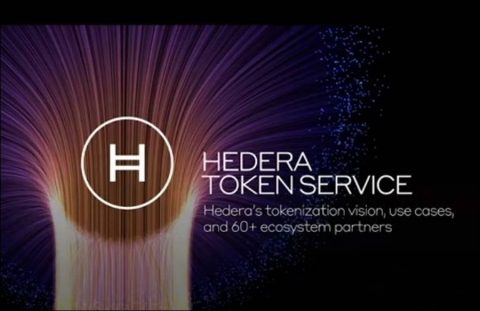Bitcoin pioneered decentralized infrastructure and Ethereum brought programmability. But earlier proof-of-work blockchains consume massive amounts of energy and process transactions slowly in order to achieve acceptable levels of security. Heavy bandwidth consumption by these technologies leads to expensive fees, even for a simple cryptocurrency transaction.
The Hedera proof-of-stake public network, powered by hashgraph consensus, achieves the highest-grade of security possible (ABFT), with blazing-fast transaction speeds and incredibly low bandwidth consumption. By combining high-throughput, low fees, and finality in seconds, Hedera leads the way for the future of public ledgers.
Dual role of HBAR (ℏ)
HBAR is the native, energy-efficient cryptocurrency of the Hedera public network. Hbars are used to power decentralized applications and protect the network from malicious actors.
Network fuel
Developers use hbars to pay for network services, such as transferring hbars, managing fungible and non-fungible tokens, and logging data. For each transaction submitted to the network, hbars are used to compensate network nodes for bandwidth, compute, and storage.
Network protection
Hedera’s proof-of-stake public network uses hbars, which are staked or proxy staked (coming soon) to a network node, to weight votes on transactions when reaching consensus.
Weighted voting with hbars makes it difficult and expensive for a bad actor to maliciously affect consensus — it would require them to own and stake over one-third of the network’s total supply of HBAR, which will not be possible for the first 5 years.
Visits: 58



